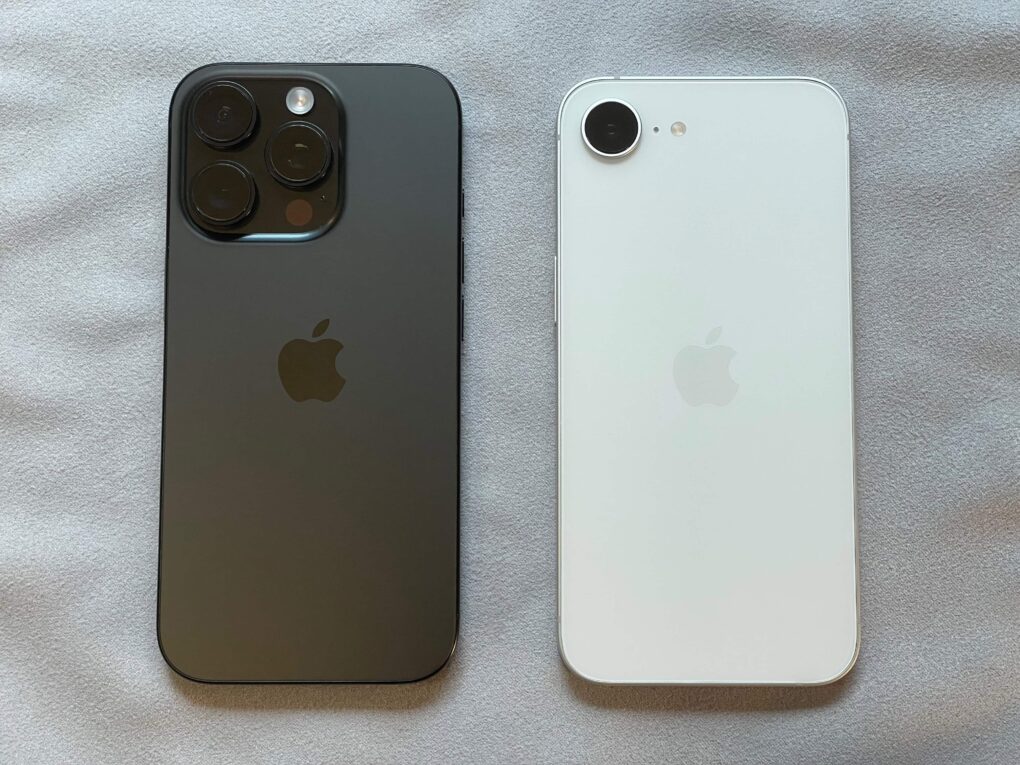The Federal Communications Commission appeared to inadvertently expose detailed electrical schematics for Apple’s iPhone 16e, despite the company’s explicit request to keep the documents confidential. The leak, discovered Monday, looks like a breach of the regulatory agency’s confidentiality protocols and could potentially benefit Apple’s competitors.
FCC accidentally publishes confidential iPhone 16e schematics online
The leaked document is a 163-page PDF containing comprehensive electrical schematics for four iPhone 16e variants, identified by their model numbers: A3212, A3408, A3409 and A3410. The FCC published the file and then FCCID.IO, a website that archives FCC filings, redistributed it. Users picked up on it on social media.
“iFixit is throwing a party right now,” one user joked, referred to the teardown review site (which might have all the information it needs without having to take the new handset apart).
Apple requested indefinite confidentiality
What makes this incident particularly problematic? Apple had specifically requested these documents remain confidential indefinitely. A cover letter dated September 16, 2024, accompanied the original filing, formally asking the FCC to withhold several types of documentation from public view.
Apple’s letter explicitly listed the materials requiring permanent confidentiality. They include block diagrams, electrical schematic diagrams, technical descriptions, product specifications, antenna locations, tune-up procedures and software security descriptions. The company argued these documents contain “confidential and proprietary trade secrets” that could give competitors an “unfair advantage” if disclosed.
For less sensitive materials like product photographs and user manuals, Apple requested only short-term confidentiality of 180 days following FCC authorization.
Potential implications for Apple
While the detailed schematics offer little practical value to everyday consumers, they represent a treasure trove of information for competing smartphone manufacturers. The documents provide Apple’s exact specifications and engineering decisions without requiring competitors to reverse-engineer devices.
Although rivals could theoretically disassemble Apple products to study their construction, having official schematics eliminates guesswork and reveals Apple’s proprietary design philosophy. This could accelerate competitor development cycles and potentially infringe on Apple’s patented technologies.
Apple built its reputation partly on protecting its intellectual property aggressively. It frequently pursues patent infringement lawsuits against companies that copy its innovations. The leaked schematics could complicate these efforts if competitors gain insights into Apple’s protected technologies.
Likely an accidental disclosure
The FCC has not yet commented on the incident or taken action to address the leak. It’s possible the disclosure resulted from an incorrect database setting rather than intentional misconduct. That would make it an embarrassing administrative error rather than a deliberate breach.
Unfortunately for Apple, the damage may already be done. Once information reaches the internet, interested parties quickly copy and archive it. So complete removal becomes virtually impossible regardless of any corrective action the FCC might take.


